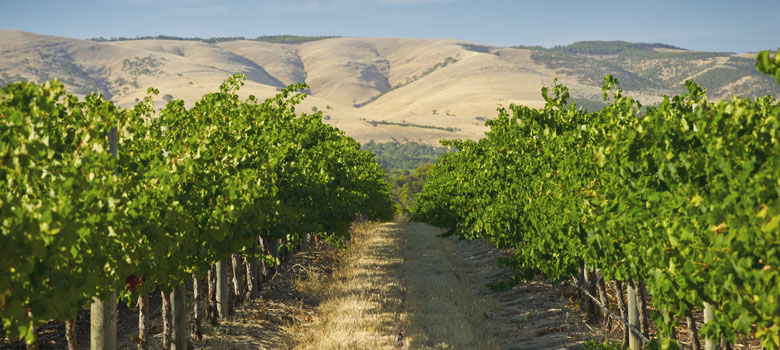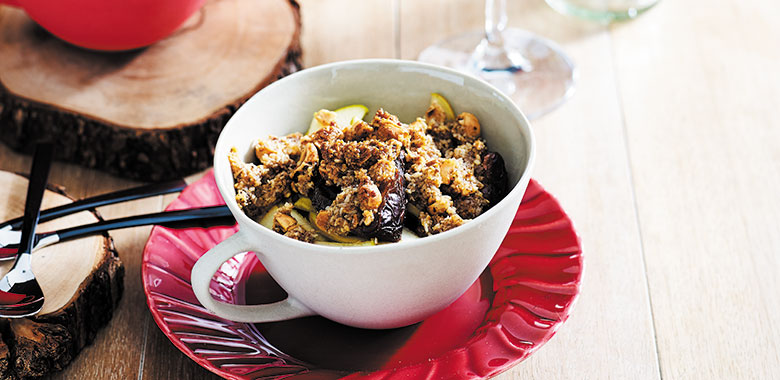
Wine
What is Moscato?
Lower in alcohol than other varieties and with fruit-sweet, appealing notes that make it especially fresh and approachable, Moscato is always a welcome guest at the table. Join us as we explore its origins, leading Australian Moscato regions and producers, and what foods go best with Moscato in this varietal deep dive!
For many new wine lovers, Moscato {mos-kah-toe} is the ultimate ‘entry’ wine. But is Moscato real wine? Yes, it is – it’s made from one of the world’s oldest-known grapes, the Muscat grape, is available in countless styles and is a very affordable, food-friendly drop. Moscato is famous for sweet flavours like frangipani, nectarine and guava.
Shop Moscato
An infographic guide of Moscato
Moscato originates from the Muscat grape.
Moscato is a light choice that thrives in moderate to warm climates such as Yarra Valley or Hunter Valley and is a similar weight to light and sweet wine.
Moscato pairs well with soft cheeses, fruit platters and desserts.
Moscato is best enjoyed young and fresh.
Moscato's flavour profile is a light, sweet wine.
Moscato originates from one of the oldest grape varieties known to man.
Where is Moscato From?
Before we delve into what qualities to look for in a Moscato, it is worthwhile learning a bit about the heart of Moscato – the humble Muscat grape.
That’s right, the same grape that makes many Fortified wines! The name Muscat is believed to been derived from the Latin muscus and relates to the perfumed aroma of musk (originally sourced from the male musk deer). One interesting fact is Muscat is one of the only grapes whose aroma on the vine matches that in the glass.
It is thought that the Muscat grape originated in Greece or the Middle East – possibly even Ancient Egypt – and was transported to Italy and France during Roman times, eventually making its way all over the world. Traditionally, the home of Moscato is in Asti in Italy’s Piedmont region, where it has been made since the early 13th century. This makes it quite possibly the most-ancient grape variety in continual common use.
Accordingly, with so much history and being so widely dispersed, the Muscat grape has undergone many mutations and these days there are over 200 different varieties, which is an amazing amount – exponentially more than any other grape varietal.
It is predominantly Muscat of Alexandria and Muscat Bianco, but there is a dash of Gewürztraminer (about 10%) which gives the wine added lift and aromatics, We are certainly very proud of it and feel that it closely resembles a true Moscato from the Asti region in Italy.
- Rollo Crittenden
Moscato in Australia
Moscato first came to Australia as part of Busby’s collection in 1832, but it has been noted that other cuttings have since come from other sources, including Italy and South Africa.
Unlike in Piedmont, which has strict regulations governing the Muscat variety allowed for the production of Asti Spumante – namely, Moscato Bianco – Australian producers have had a much broader palette to choose from for making their Moscato, with many opting for Brown Muscat, Muscat of Alexandria (Gordo Blanco) or Muscat Giallo.
In 2016, industry body Wine Australia laid out regulations specifying the 13 different Muscat varieties that may be used for its production. Moscato must be made from at least 85 per cent of varieties within the Muscat family and if a claim is made of a specific Muscat variety – for example Moscato Giallo – then the wine must contain at least 85 per cent Moscato Giallo.
Gary Reed, chief winemaker at Petersons in the Hunter Valley, reveals they source the grapes for their Moscato from the Granite Belt. “We tend to use the Muscatel (Muscat of Alexandria) grape,” says Gary. “We soak overnight and freeze it after fermentation and keep knocking it back.” According to Gary there is nowhere for the winemaker to hide when making Moscato – it is all about fruit from the vineyard. “Any imbalance is really accentuated.”

Moscato Serafino Vineyard Rows
What are the best regions for Moscato in Australia?
In Australia, Moscato grows in a wide range of regions, most notably in:
Is Moscato Champagne or Wine?
No, Moscato is not Champagne, although some expressions do have delightful bubbles like the famous French drop. Moscato is made from the Muscat grape, and while the frizzante-style containing bubbles is popular, Moscato is also regularly made as a still wine. Meanwhile, Champagne is made using three mainstay grape varieties; Chardonnay, Pinot Noir and Pinot Meunier, exclusively within the famed ‘Champagne region’ in northern France.
What does Moscato taste like?
Moscato is a very nose-worthy wine. “The aroma is generally musky, but it can be a bit dusty as well, with a range of sweetness from slightly dry to fully sweet and from still, to frizzante to bubbly,” Gary continues. “All are valid examples of the variety.”
So, for those asking ‘Is Moscato sweet or dry?’, you’ll find that while there are some slightly dry styles, Moscato generally sits towards the sweeter end of the spectrum and this is due to high levels of residual sugars being retained during the winemaking process.
Another reason Moscato is so popular is that it’s typically made with lower alcohol (around 5-6%), whereas white wine is much higher with 12% alcohol. It’s commonly made in a lighter-bodied style with a fine bubble and bead. You’ll also find Moscato used as a core ingredient in many cocktails.
When it comes to flavour, “A good Moscato should have that long length, good balance and acidity,” says Gary. “It should not have any coarseness or hardness and should not be cloying on the palate.”
Expect notes of frangipani, grapes, nectarine, guava and lychee. It’s made as a drink-now wine, so cellaring is not required.

Tasting Moscato Wine
A good Moscato should have that long length, good balance and acidity. It should not have any coarseness or hardness and should not be cloying on the palate.
- Gary reed, Chief winemaker, Petersons (Hunter Valley)
What about pink Moscato?
Moscato can also be a very colourful wine, from light straw through to dark pinks, even reds, and the older the vine used, the greater the richness and intensity of flavour. The beautiful blush and pink colours are achieved either due to the natural colour of the skins of the Muscat grape variety used or through the addition of a small amount of red wine, such as Merlot, during the winemaking process.
What foods pair well with Moscato?
We make no secret of our love for Moscato, and it’s a love that’s only exceeded by pairing it with a delicious recipe from our friends at Selector magazine.
As a somewhat sweet wine, Moscato is ideally enjoyed with foods on the sweeter end of the flavour spectrum but is also the ideal accompaniment to a variety of cheeses, salads and Asian foods, especially Thai and Vietnamese. Set your taste buds to fun with these great plates!



Looking for more great food and wine pairings? Check out our Valentine's Day wine and dessert matching guide! You can also discover more about Moscato’s soaring popularity in Australia.